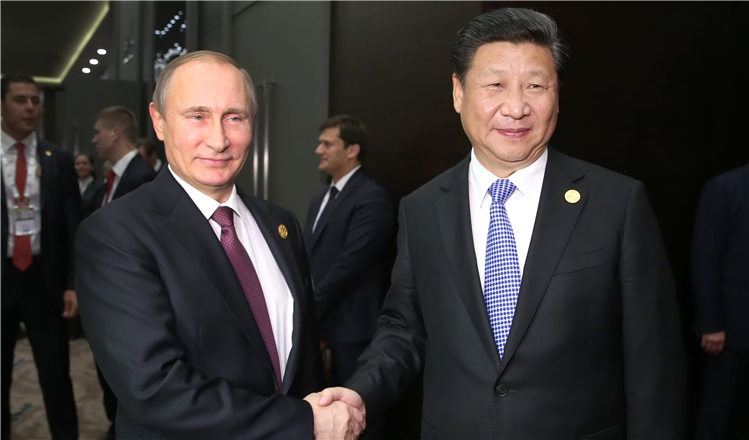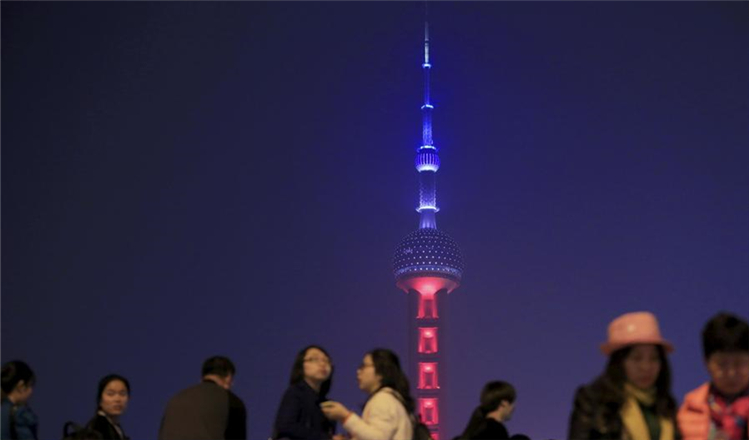Experts call for strategy to give China's sports industry a boost
Updated: 2015-11-17 07:26
By SUN XIAOCHEN(China Daily)
|
||||||||
With China aiming to boost its sports industry as a new economic driver, observers are calling for a shift in sports consumption from tangible products to areas with greater potential such as fitness services and athletic entertainment.
Driven by an increasing awareness of fitness, Chinese people are spending more on sport-related businesses, according to a recent national mass exercise survey released by the China Institute of Sport Science on Monday.
Among the 81,828 people aged at least 20 who were questioned in the survey, 39.9 percent spent money on sport-related items including sportswear, equipment and trainers' fees, with per capita expenditure of 926 yuan ($145) in 2014, a 52 percent rise from the figure in 2007.
However, the majority of sports consumption was for tangible products such as sportswear and equipment, while very little was for sports-participation-related causes including hiring trainers and buying competition tickets.
Such a manufacturing-centered consumption pattern reflects that China's sports industry remains in its infancy, with a wider range of business models yet to be developed, experts said.
"It suggests that the growth of the sports industry in China is still relying heavily on the manufacturing sector, a situation that lags behind world sports powers like the United States," said Jiang Chongmin, a senior researcher at the institute.
Amid a shift in sporting focus from winning gold medals to public well-being and sports business, the Chinese government issued an ambitious plan last October to boost the sports industry in the next decade, setting the goal of the industry reaching a gross value of 5 trillion yuan by 2025 when it is expected to account for about 1 percent of GDP compared with 0.6 percent in 2012.
Inspiring more consumption in fitness services and competition-related businesses-including ticket sales, club merchandizing and media rights trade-to diversify the business structure has emerged as a priority to achieve the goal, said Lin Xianpeng, a sports industry professor at Beijing Sport University.
"More than 70 percent of the value in the sports industry in the United States was generated by pro-competition businesses. Compared with the US, we have a huge gold mine, with an immense number of potential business opportunities that have yet to be exploited," he said.
According to Lin's research, the annual value of the US sports industry reached $450 billion in 2013, accounting for about 3 percent of GDP.
- Attacks in Paris prompt China to boost security
- Courier companies to face punishment for info leaks
- 118-meter-high building in Xi'an demolished
- 88.9% want longer maternity leave for second children
- Six jobs have potential to become best paying over next five years
- Beijing issues yellow alert for heavy smog

 French warplanes strike Islamic State Syria bastion
French warplanes strike Islamic State Syria bastion
 Xi, Putin meet at G20 summit, renewing pledges on cooperation
Xi, Putin meet at G20 summit, renewing pledges on cooperation
 Skimming the surface
Skimming the surface
 Eiffel Tower goes dark as France mourns terrorist attack victims
Eiffel Tower goes dark as France mourns terrorist attack victims
 Victims of terrorist attacks in Paris commemorated worldwide
Victims of terrorist attacks in Paris commemorated worldwide
 Standing shoulder to shoulder with France
Standing shoulder to shoulder with France
 Paris shooting and explosions in photos
Paris shooting and explosions in photos
 Top 10 regions that led the shopping spree on Singles Day
Top 10 regions that led the shopping spree on Singles Day
Most Viewed
Editor's Picks

|

|

|

|

|

|
Today's Top News
Chinese president arrives in Turkey for G20 summit
Islamic State claims responsibility for Paris attacks
Obama, Netanyahu at White House seek to mend US-Israel ties
China, not Canada, is top US trade partner
Tu first Chinese to win Nobel Prize in Medicine
Huntsman says Sino-US relationship needs common goals
Xi pledges $2 billion to help developing countries
Young people from US look forward to Xi's state visit: Survey
US Weekly

|

|





